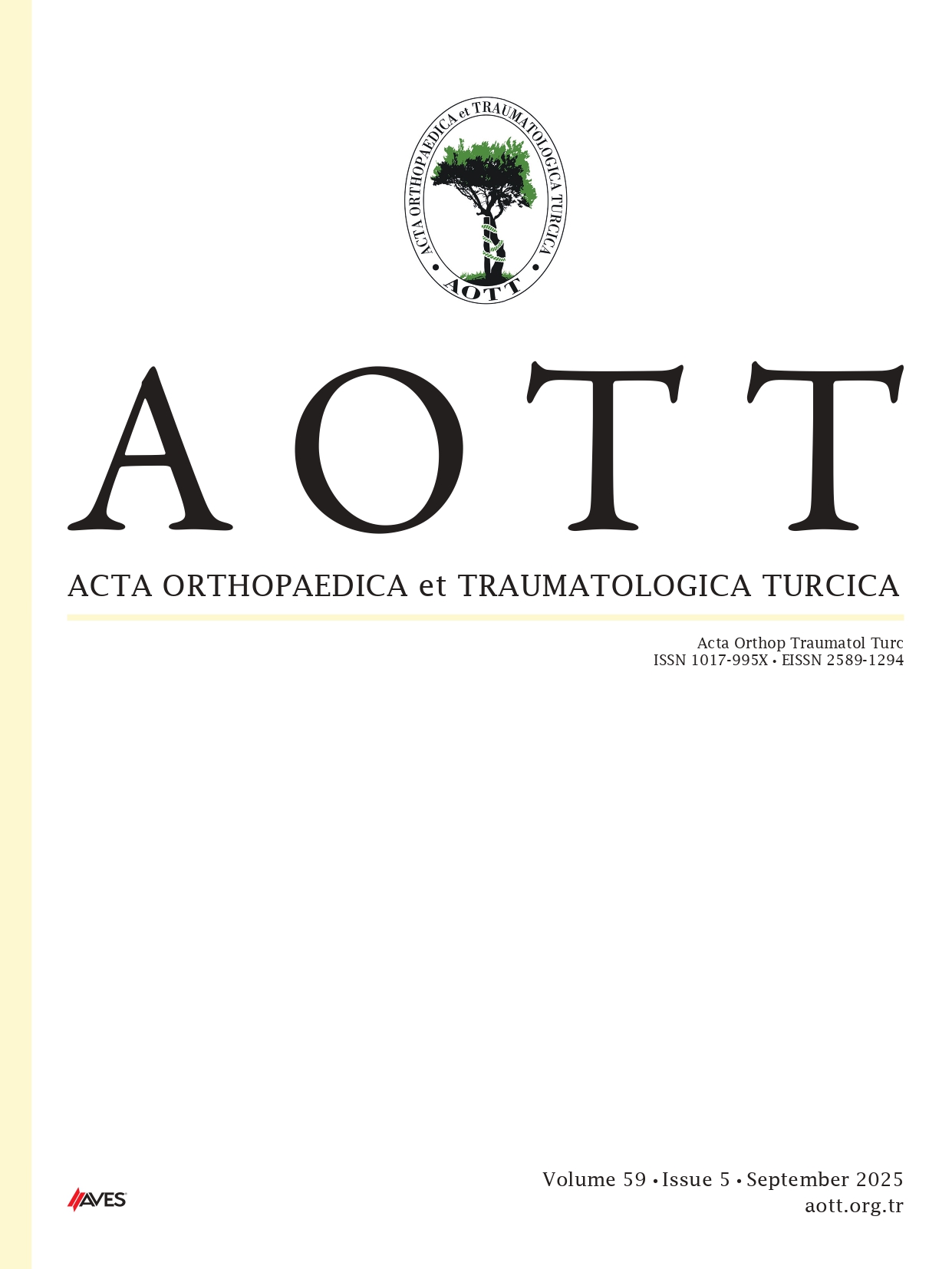Objective: This study aimed to determine the prevalence of neck pain in the Turkish population and its association with sociodemo graphic factors, work status, self-rated health, obesity, depression, physical activity, non-prescribed medications, and vitamin/nutritional supplements.
Methods: A cross-sectional study was conducted using data from the 2019 Türkiye Health Survey, which included 17 084 participants aged ≥15 years. Descriptive and multivariate binary logistic regression analyses were performed to investigate the prevalence of neck pain and its associated risk factors.
Results: Neck pain prevalence increased with age, peaking between 35 and 65 years old. Women were 3.2 times more likely to experience neck pain than men. Married and divorced individuals had higher risks than single individuals did. There was no significant relation ship between neck pain and educational level or physical activity. Self-rated health showed a strong inverse relationship with neck pain: “good” health increased risk 11 times, “fair” 64 times, “poor” 145 times, and “very bad” 387 times compared to “very good” health. House workers had a lower risk (0.8 times) compared to employees, while pre-obese and obese individuals had a 1.2 times higher risk. Neck pain was twice as common in those using non-prescribed drugs and 1.3 times more common in those using vitamins and supplements.
Conclusion: Neck pain is prevalent in Türkiye, with factors such as age, sex, marital status, employment, health status, obesity, and use of non-prescribed drugs and supplements as significant risk factors. This study provides a reference for understanding neck pain, its associ ated factors, and guiding future research.
Cite this article as: Aydın HZ, Karaboğa HA, Yıldız NG, et al. Prevalence and associated risk factors of neck pain in the turkishTurkish population: a population based study. Acta Orthop Traumatol Turc., Published online November 7, 2025. doi:10.5152/j.aott.2025.25211.



.png)
.png)
